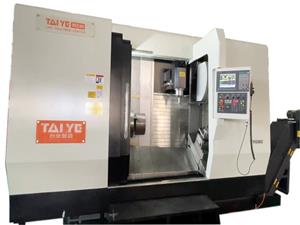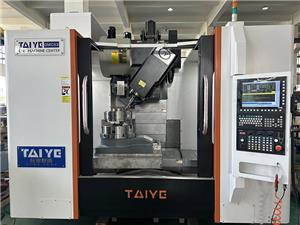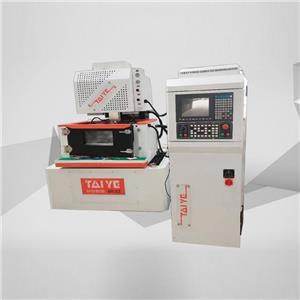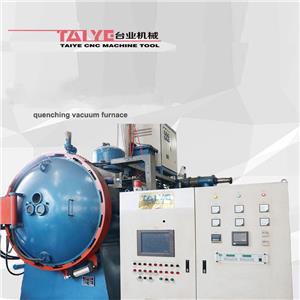About Die Casting and Metal Extrusion
The different between Die casting and metal extrusion
Die casting is a very different process from metal extrusion. In die casting, molten metal is forcefully injected into a mold, called a die. Dies can be designed into very complex shapes, including those with irregular cross sections.
Metal extrusion does have some advantages over die casting. When using certain materials (including alloys made of aluminum, magnesium, and zinc), extrusions have similar strength and rigidity values to die castings, but may be more ductile. The die cost of extrusion is usually lower than that of die casting.
Similarly, die casting has many advantages over extrusion, the die-cast parts have greater rigidity values—they are less elastic than extruded parts. Die casting is usually completed in one step, including surface texture and finish.
One of the biggest advantages of die casting is that it is not limited to the production of parts with uniform cross-sections. Cross-section changes or changes, holes, grooves, and any number of other design features require expensive secondary machining services for extruded parts. Through die casting, all these features can be directly designed into the mold for one-step manufacturing.
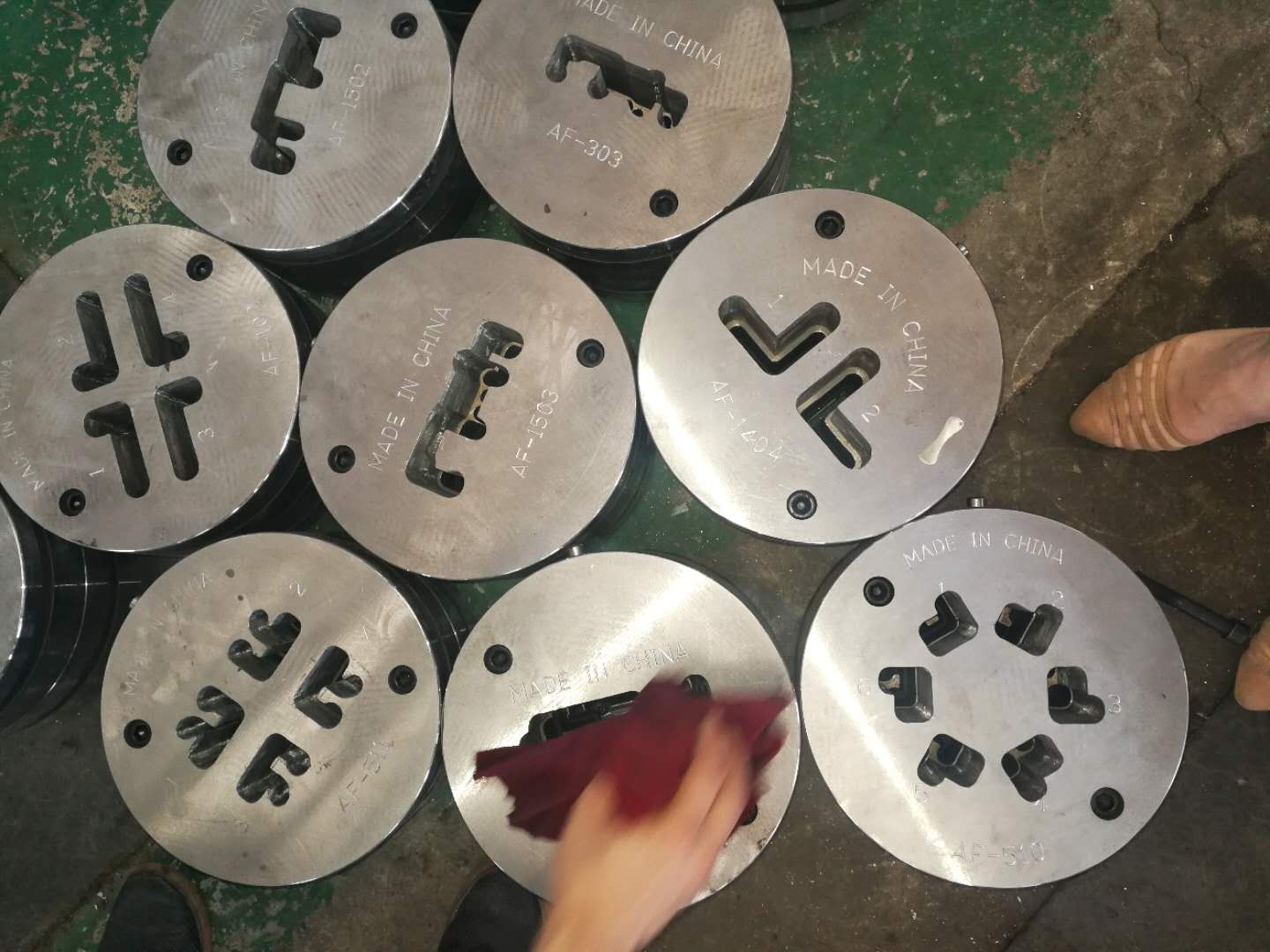
- 3 Axis Vertical Machining Center
- 3 Axis Hard Line Vertical Machining Center
- 3 Axis 2 Linear One Hard Line Vertical Machining Center
- 3 Axis Linear One Line Vertical Machining Center
- Heat Treatment Vacuum Furnace
- Heat Treatment Oil Quenching Vacuum Furnace
- Heat Treatment Air Quenching Vacuum Furnace

